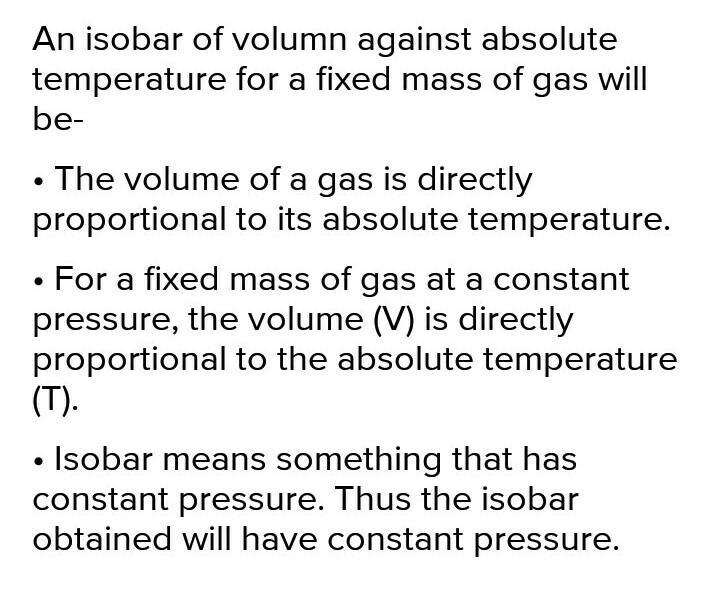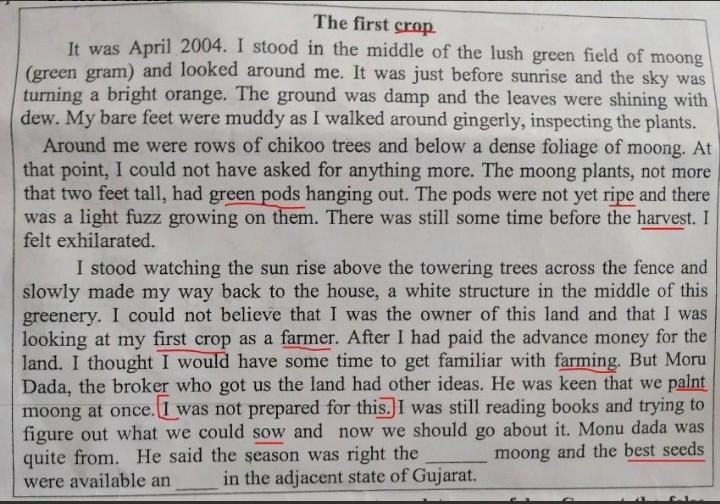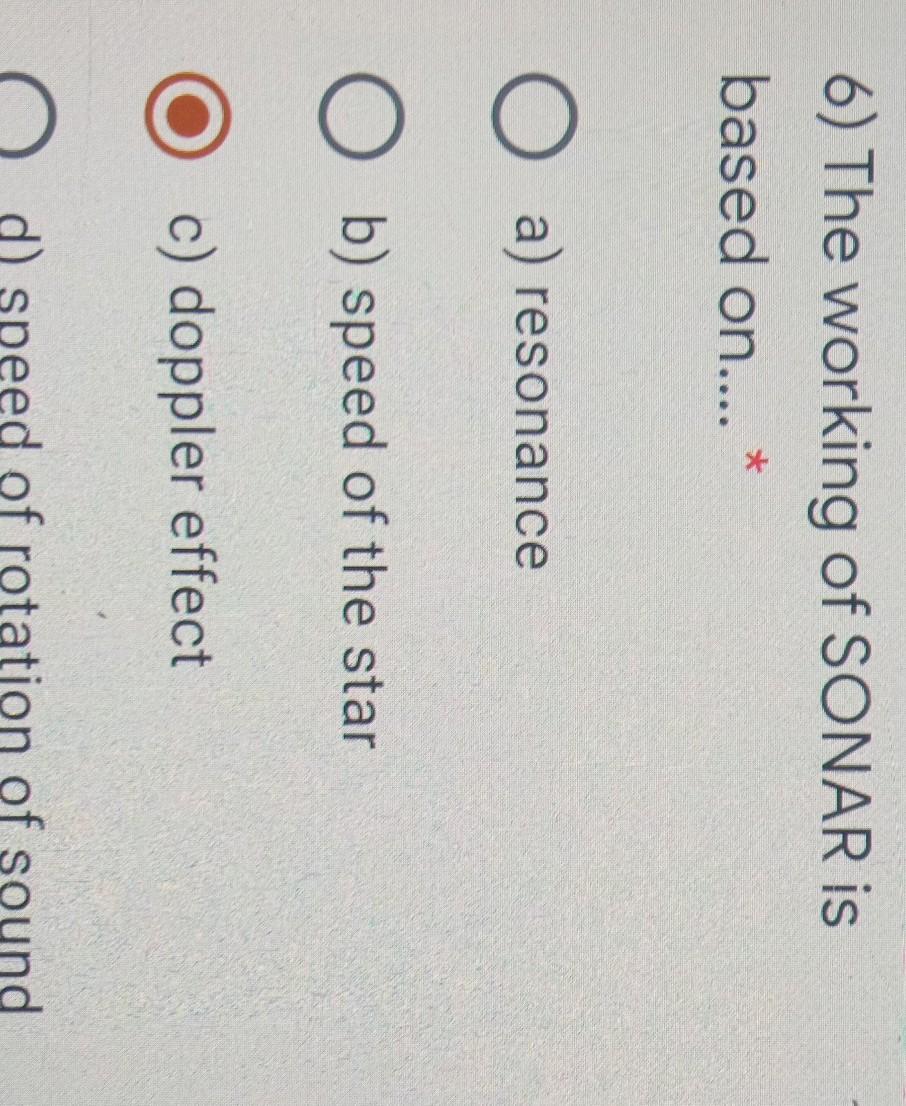Where do most of a software-focused company's carbon emissions typically come from?
-
Subject:
Environmental Sciences -
Author:
proctor -
Created:
1 year ago
Answers 2
Software-focused company's carbon emissions typically come from product manufacturing
Sources of carbon emissions in software-focused companies
- Sources of emission in the software-focused companies are the devices in use e.g. laptops, mobile phones, desktops.
- These devices work on electric power and stay connected with the active internet connection which comes in the operational emissions.
- The emissions increase as these devices become more powerful in memory, bandwidth, and/or storage.
- Since their products are usually software-based. So, the emissions come from product manufacturing.
The complete question is provided below
Where do most of a software-focused company's carbon emissions typically come from?
corporate operations
product manufacturing
finance and accounting
public relations and marketing
I don't know this yet.
-
Author:
destiniq9pl
-
Rate an answer:
6
Answer:
Product Manufacturing.
Explanation:
-
Author:
anayaixof
-
Rate an answer:
7
If you know the answer add it here!
Choose a language and a region
How much to ban the user?
1 hour
1 day
100 years



